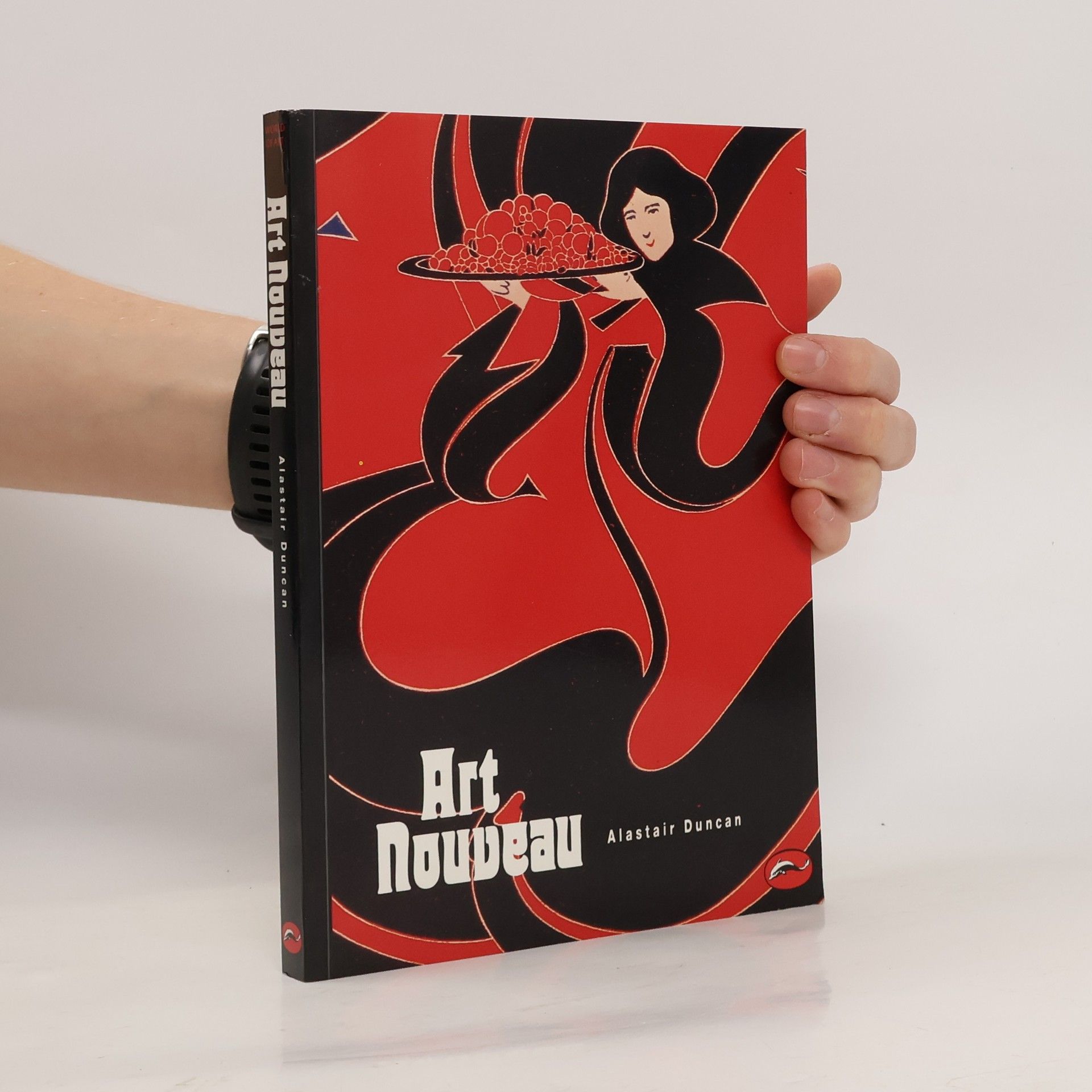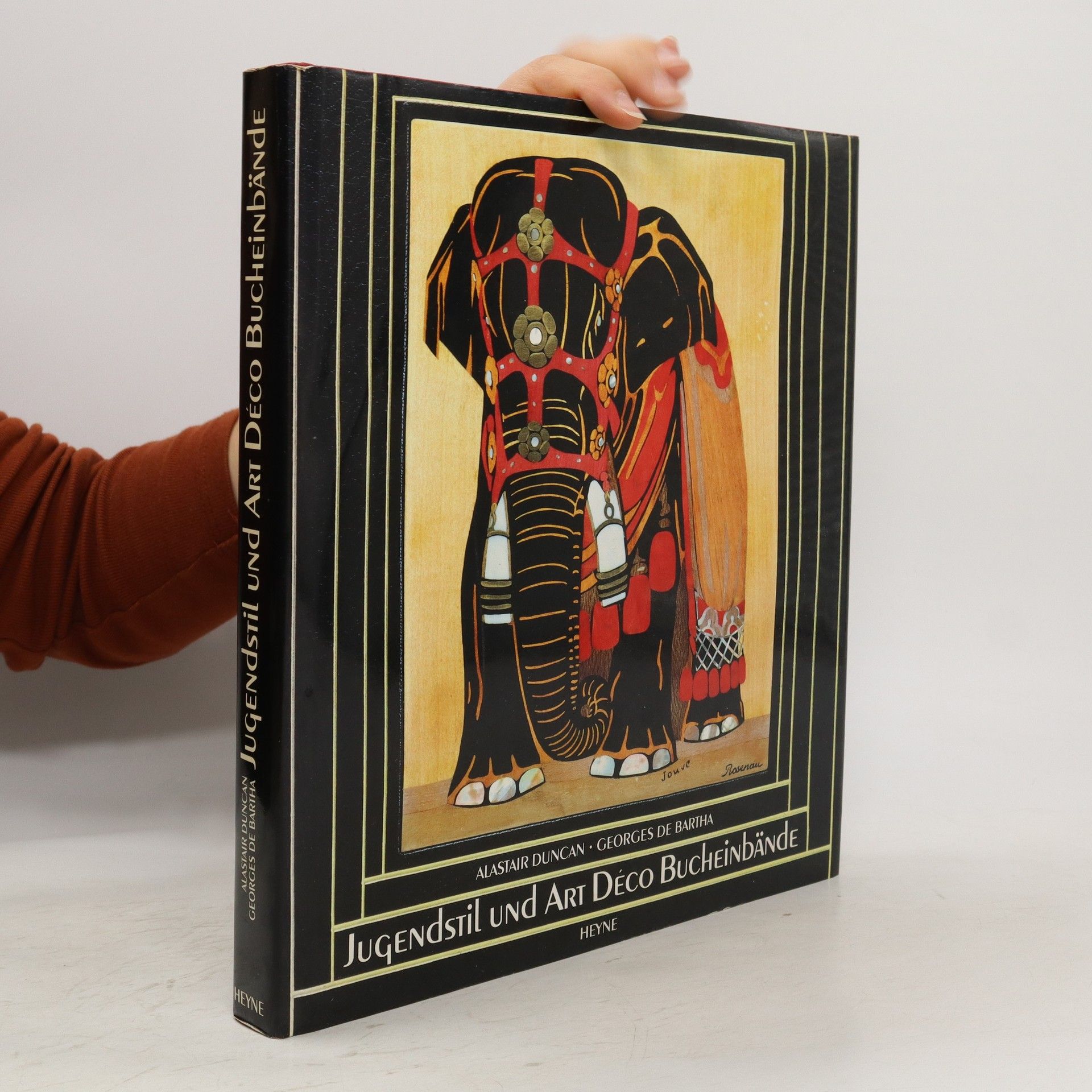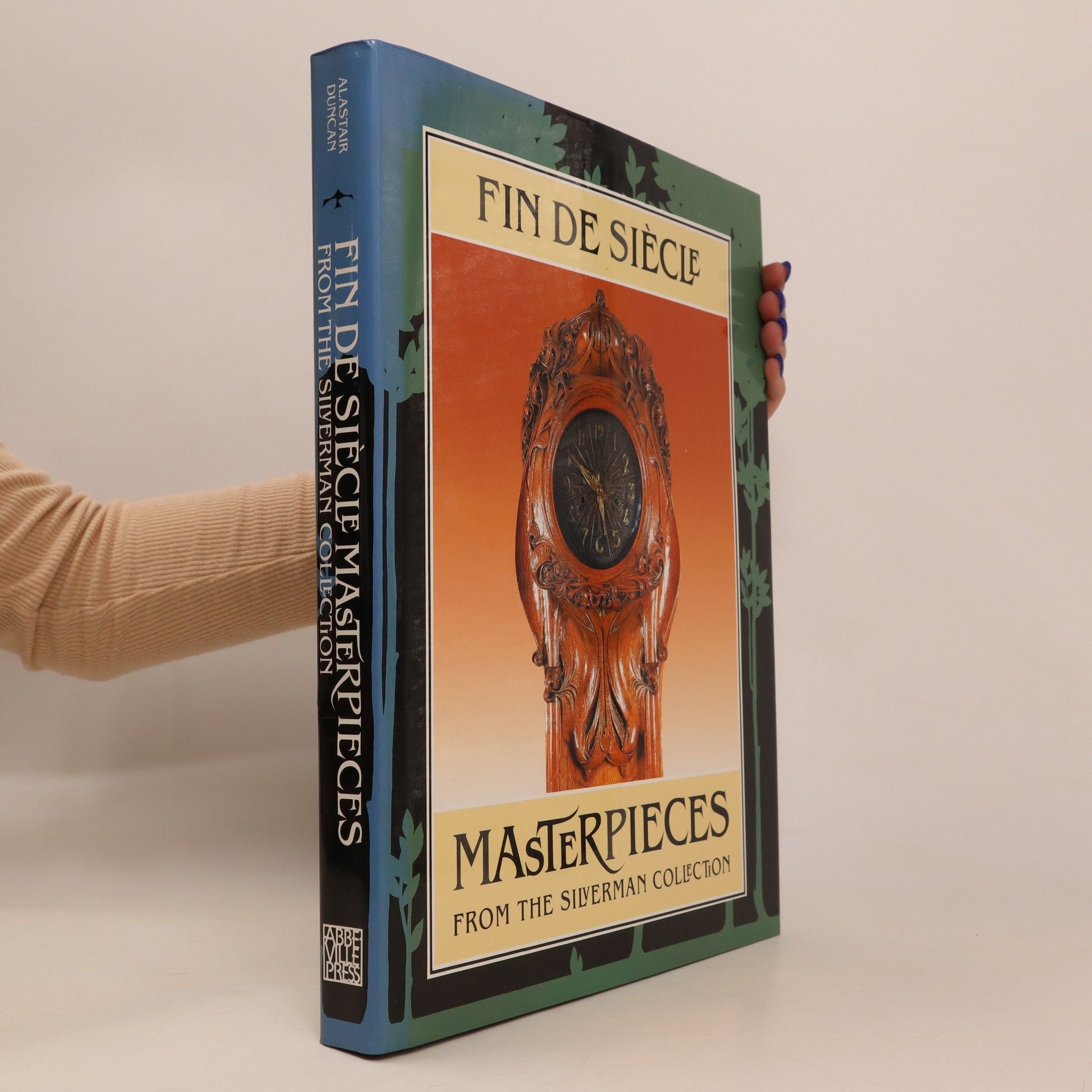Louis Comfort Tiffany ist vor allem für seine farbenprächtigen Fenster und Lampendesigns bekannt. Diese umfassende Sammlung zeigt die Vielfalt seines Werks, einschließlich überraschender und bezaubernder Arbeiten in Emaille, Juwelierkunst, Keramik, Malerei und Holz, sowie sowohl berühmte als auch weniger bekannte Glasobjekte. Jedes Kapitel beleuchtet die unterschiedlichen Talente dieses außergewöhnlichen amerikanischen Künstlers. Neil Harris erörtert Tiffanys Werdegang als ehrgeiziger Innenraumausstatter und seine Fähigkeit, den Zeitgeist bei der Gestaltung profaner und kirchlicher Objekte zu erfassen. Martin Eidelberg bietet eine prägnante Analyse des Naturkultes in Tiffanys Schaffen und hebt hervor, wie sich seine Formen vom europäischen Jugendstil unterscheiden. Alastair Duncan untersucht den faszinierenden Zwiespalt zwischen Tiffanys religiösen und profanen Fenstern. Ein zeitgenössischer deutscher Kritiker beschrieb Tiffanys „sprachlose Wandelbarkeit“, eine Charakterisierung, die in dieser Sammlung in ihrer ganzen Reichweite und Originalität bestätigt wird. Alastair Duncan ist Berater bei Christie’s in New York, Martin Eidelberg lehrt Kunstgeschichte an der Rutgers University, und Neil Harris ist Dekan des Historischen Instituts der University of Chicago.
Alastair Duncan Bücher






Alastair Duncan arbeitete viele Jahre beim renommierten New Yorker Auktionshaus Christie’s, bevor er sich als Sachverständiger, Gutachter und Autor mit dem Fachgebiet dekorative Künste des 18. und 19. Jahrhunderts selbstständig machte. Zum Thema Art déco ist er einer der angesehensten Fachleute weltweit und hat dazu bereits zahlreiche Artikel und Bücher publiziert.
The catalogues of the Paris Salons from the turn of the century provide a unique archive of illustrations of the decorative arts at a pivotal time in their development. These volumes contain over 5,500 illustrations of items of jewellery by leading designers such as Boucheron, Chaumet and Lalique. The pictures have been sourced and re-photographed from the original and often rare catalogues. They have been rearranged alphabetically by artist-designer thus providing an indispensable and practical reference for this seminal twenty year period. They are a unique source for identification and authentication and an invaluable key both to design ideas and the jewellery of the period.
Over 300 of the most sought-after examples of poster art created between the wars are included in this definitive volume. This cavalcade of international poster design features rare and even unique examples by masters of the art form, including Nizzoli, Cassandre and Beall. Each poster – carefully re- photographed – is accompanied by an extended caption that discusses the aesthetic, social, economic, or political context of the image. Posters are by their very nature ephemeral: on a billboard or tacked to a news stand, they last only a few weeks but are now highly prized by collectors. Introduced by Art Deco specialist Alastair Duncan, The Art Deco Poster is an essential book for all interested in graphic design, Art Deco, and life and culture in the Jazz Age.
The story of art nouveau, from its inception in the 1890s to the modern resurgence of interest. It introduces the main personalities, such as Galle, Lalique and Tiffany, and relates their aims and accomplishments to the background from which the movement emerged.
Art Deco Complete
The Definitive Guide to the Decorative Arts of the 1920s and 1930s
- 544 Seiten
- 20 Lesestunden
Exploring the transformative Art Deco movement, this comprehensive account delves into its impact during the interwar period, highlighting its influence on architecture and design from the Golden Gate Bridge to everyday objects. Alastair Duncan celebrates the diverse styles and international roots of Art Deco, showcasing its enduring appeal to collectors and designers alike. With rich illustrations and expert insights, this book serves as a definitive resource on the decorative arts of the era, capturing the essence of modernity in the 20th century.
The book offers a comprehensive visual history of the Art Deco movement, detailing its evolution and influence through various stages. Authored by art consultant Alastair Duncan, it meticulously chronicles the distinctive characteristics and cultural significance of this iconic style, making it an essential resource for enthusiasts and scholars alike.
Fin de Siècle
Masterpieces from the Silverman Collection
Shows and describes Tiffany lamps, chandeliers, vases, and table accessories, as well as French furniture, French glass, and art objects from the collection

